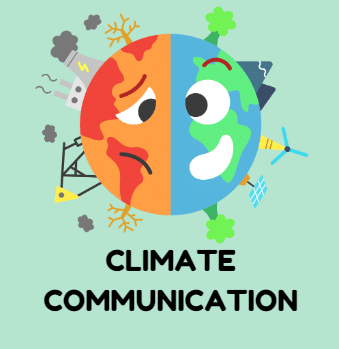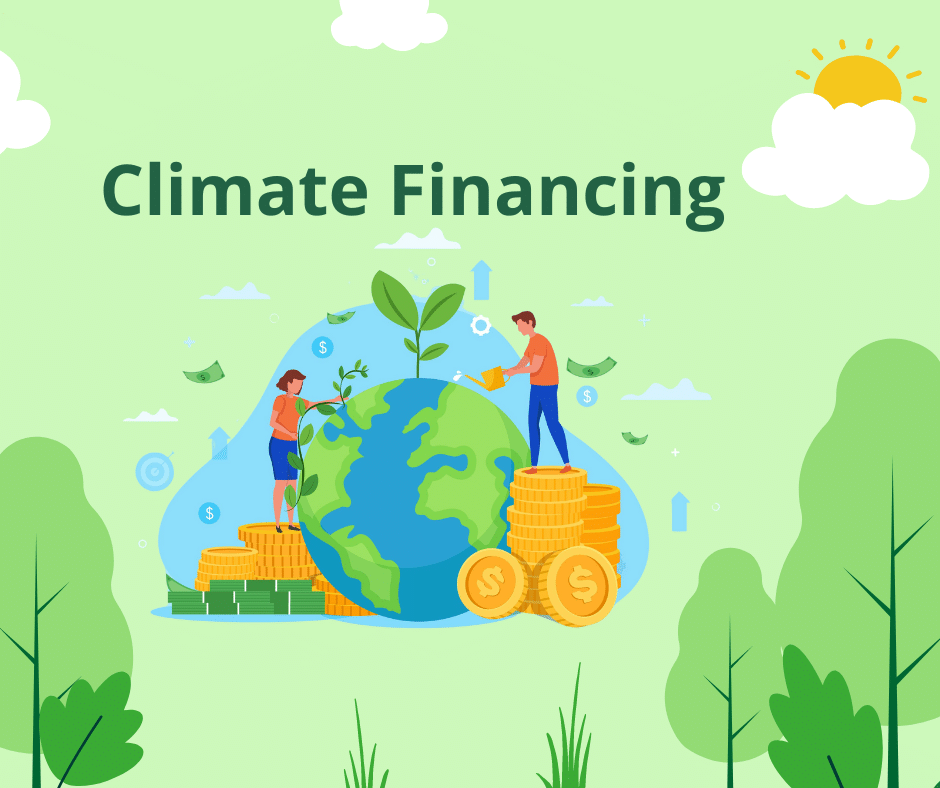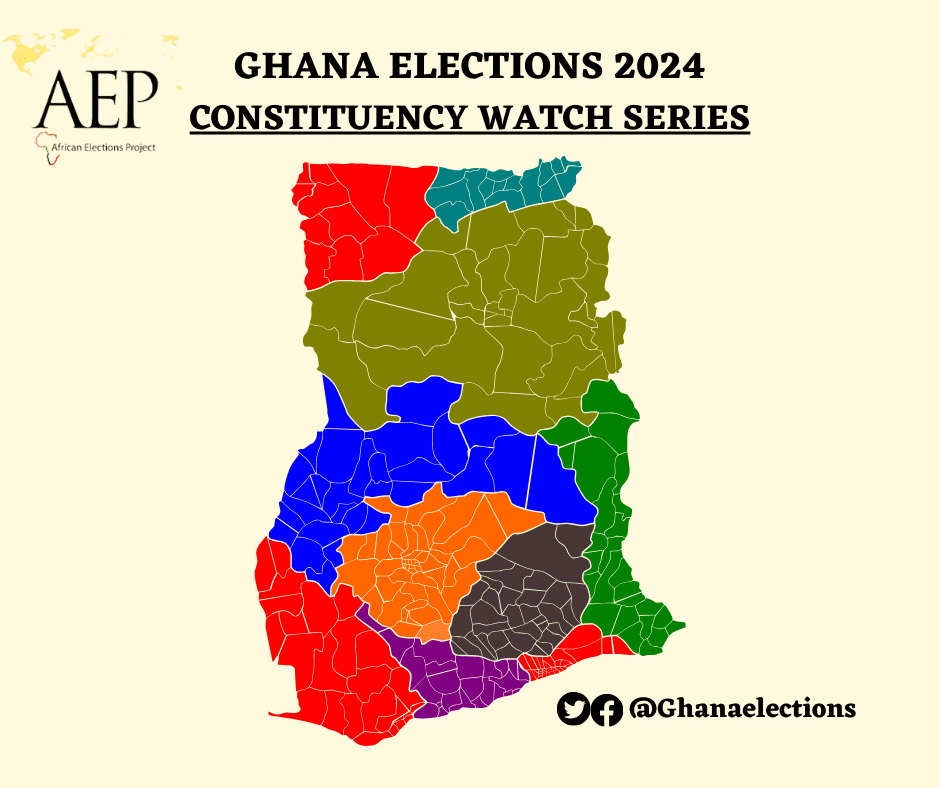By: Emmanuel Koranteng Asomani, Penplusbytes
Climate change has gained significant attention in recent times. It has dominated the airwaves, with governments and activists across countries taking initiatives to address its negative impact. Already, the impact of climate change is felt across all facets of society. From the recent rise in temperature and erratic rainfall patterns to tidal waves and polluted air, among others, all having a toll on our agriculture, education, the economy, transportation, and various other sectors. However, despite the growing efforts to address this global crisis, some individuals and organizations have through mis/disinformation, taken a stance to deflect, distract, and deny efforts to save the planet. These actions are undermining efforts to build resilience through adaptation and mitigation action.
According to the Climate Action Against Disinformation Coalition, climate misinformation and disinformation occur in three broad ways. First is the outright denial, where we acknowledge both the occurrence of climate change and its impact, yet there persists a denial of this established reality. They use such terms such as “climate scams” and “climate hoaxes”, which sometimes trend on social media platforms. The second area looks at leaving out information and cherry-picking facts, i.e., choosing and presenting data that suites their purpose without giving the full picture in order to mislead people. Additionally, the third area pertains to false solutions, which involves suggesting actions that deviate from the principles of the Paris Climate Agreement.
For the European Digital Media Observatory (EDMO) – a fact-checking network, four main narratives, often in correlation with each other, are shared as disinformation around climate change: the first denies the existence of climate change or the human role in it; the second accuses the traditional media of spreading unjustified panic; the third attacks renewable energies, electric vehicles, and recycling; and the fourth attacks the climate movement, accusing it of hypocrisy or stupidity.
In Ghana, social media and other online platforms have increased the spread of climate mis/disinformation, which obviously has implications for climate action efforts. A survey by Penplusbytes indicates that 80% of Ghanaians rely on social media for climate change information, with 57.5% of Ghanaians unable to tell whether the climate change information they come across is true or not. Although the extent of climate mis/disinformation is not yet known, media and information literacy (MIL) experts in Ghana report that, considering the proliferation of news articles, social media posts, and other content related to climate change with recent weather occurrences, it is ideal to say that climate mis/disinformation will be on the rise as well.
Addressing climate mis/disinformation is not a one-sided affair. It requires a multistakeholder and multidisciplinary approach. This involves strengthening fact-checking, improving media literacy, conducting research, publishing accurate information around climate change, and strengthening regulations, which would help improve the overall framework for building societal resilience. One MIL educator with the University of Media, Arts and Communication (formerly GIJ) notes, “MIL could help people think critically and pick out accurate climate change information from false or misleading information. Media-literate people could also take action to address the challenges associated with climate change if they are motivated.”
Some of the most effective MIL strategies for spreading knowledge about climate change include social media campaigns, debunking myths about climate change, and creating succinct but engaging and educational content to convey climate change issues.
Undoubtedly, climate mis/disinformation is an obstacle in the fight against climate crisis. Notwithstanding, with concerted efforts from individuals, communities, and policymakers, climate mis/disinformation can be confronted head-on. By equipping individuals with MIL education, scientific literacy, fostering critical thinking, and advocating for responsible communication, we can navigate through the murky waters of climate mis/disinformation toward a sustainable future for generations to come.
END






